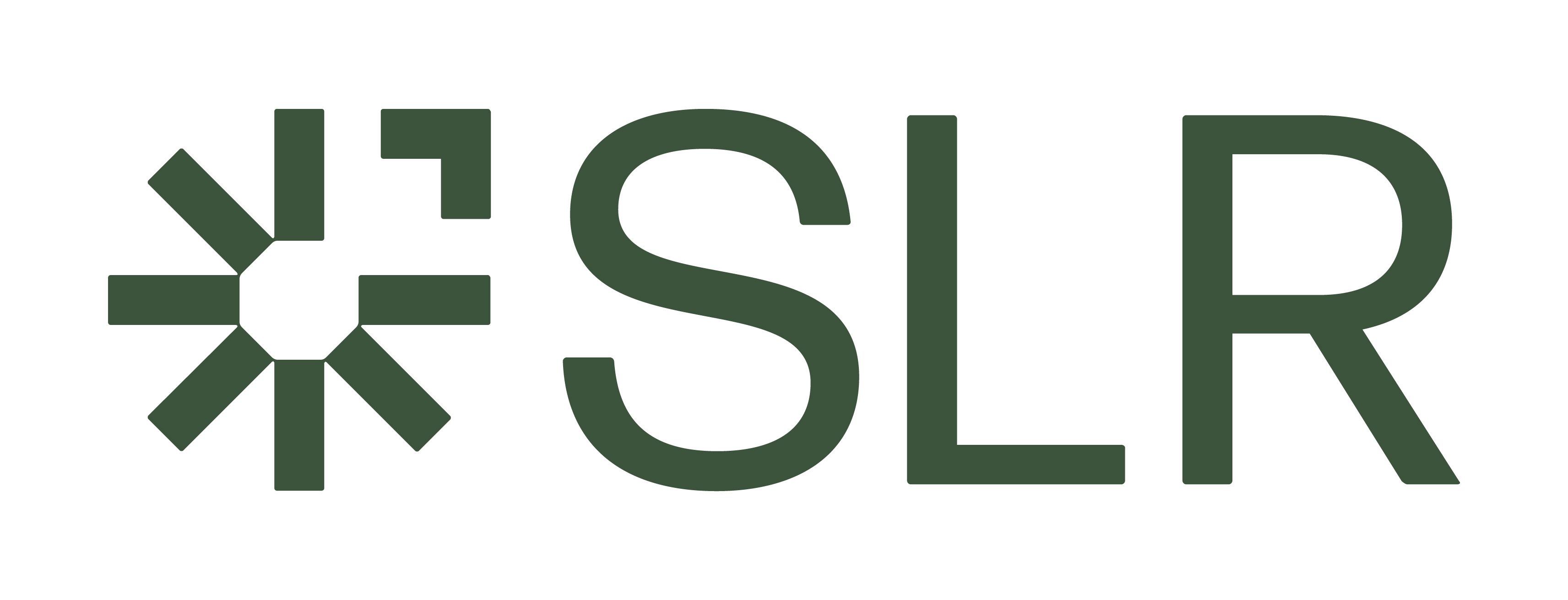Global Reporting Initiative G4 Guidelines: A Five Minute Guide
Ian Buckland shares his 5min guide to GRI reporting
On 22 May, the Global Reporting Index (GRI) unveiled its revised standards for corporate sustainability reporting. In the earlier consultation period GRI pledged that “the G4 draft will be improved in terms of focus, simplicity and clarity, and that it provide better support to small businesses and beginner reporters”. The test of this will come from putting the standard into practice, but in the meantime here’s a quick overview of the salient similarities and differences. Corporate Citizenship will be building on this over the next few weeks and advising clients and friends on how changes may affect them.
When will this come into force?
Don’t panic! GRI is expecting a gradual switch to the new standard. A useful route to transition would be to begin work on transition during the next reporting cycle (published 2014) and full switch the following year. GRI’s deadline is that “reports published after 31 December 2015 should be prepared in accordance with the G4 Guidelines”.
So what about ‘In Accordance’ and Application Levels?
The Applications Levels have gone – replaced with a two tier ‘In Accordance’ system with differing levels of required elements.
- ‘In Accordance – Core’. A good baseline for established reporters
- ‘In Accordance – Comprehensive’. Think of it as ‘Application Level A’.
Organisations can still use the standard and not report ‘in accordance’. GRI offers a short statement for reporters to use in this case.
The big similarities
- Open source. The Guidelines are still free to download (see below) but with over 350 pages of guidance, give yourself a weekend to read it all.
- Still based on principles. As before these are; Stakeholder Inclusiveness / Sustainability Context / Materiality / Completeness / Balance / Comparability / Accuracy / Timeliness / Completeness / Clarity.
- Two groups of indicators plus Disclosures of Management Approach (DMA). ‘General standard disclosures‘ (organisation, governance and reporting parameters)and ‘Specific Standard disclosures (aspects/issues and most performance indicators) Specific indicator requirements vary with ‘In Accordance’ level but also now vary according to individual materiality assessments.
- A GRI index based on the specific accordance level is still needed.
The big changes
- Two complementary documents but cross-referenced and with quick links on key topics like assurance, principles, integrated reporting and indicators. However the distinction between volumes is not always clear.
- Replacement of three-fold ‘Applications Levels’ with two levels of ‘In Accordance’ (mentioned above).
- Materiality plays a more explicit role in the selection of ‘Specific Standard Disclosures’ and greater definition of materiality of specific aspects is needed.
- Greater emphasis is now placed on the DMA. Guidance has been restructured into two types: Generic (broken down into three sub-sections; a,b,c) and Aspect-Specific (which is still under development for some aspects). Overall this area seems to have lost some clarity.
- Greater tie-in and disclosure of core governance structures and processes into report production especially for ‘In Accordance – Comprehensive.’ At this higher level new requirements include reporting on “the highest committee or position that formally reviews and approves the organization’s sustainability report and ensures that all material Aspects are covered.”
Three cheers for
- More specific and detailed guidance plus updated reporting requirements for example on energy and human rights where there has been substantial public policy and legislation changes.
- A more material basis for reporting should mean great specificity of reporting, fewer boiler plate statements covering indicators with low relevance to the organisation and increased audience engagement.
- A table giving the indicator overlaps between G4 and UN Global Compact.
Get used to
Just some of the salient changes to indicator coverage.
- More breadth and clarity on energy and carbon indicators. For instance, Indicator EN4, ‘Energy Consumption outside the organisation’ asks for upstream and downstream energy use corresponding to the categories and activities of the WRI/ WBCSD GHG Protocol. The carbon ‘scopes’ are covered separately by indicators EN15, 16, 17. Also EN5 now asks for energy intensity by unit of activity or output.
- Several new indicators extending the requirement to report on “screening for, buying in and managing supplier risks”, in terms of: impacts on the environment, labour practices, human rights (as previously for child labour, forced and compulsory labour) and impacts on society.
- Greater requirement to discuss a wider range of grievance issues. Specific indicators covering environmental, labour, human rights, impacts on society aspects.
- New indicator, PR6, on sale of banned or disputed products.
Assurance or not?
GRI recommends the use of external assurance but assurance is not a requirement to be ‘in accordance’ with the Guidelines.
For more information and advice, please contact Ian Buckland at Corporate Citizenship.
https://www.globalreporting.org/reporting/g4/Pages/default.aspx

